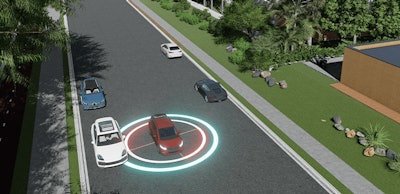
Toronto, Ontario — If there were a gifted program for OEMs then Ford and Honda would be its newest members as the Insurance Institute for Highway Safety (IIHS) announced that the pair of automakers have reached their AEB goal ahead of schedule.
The IIHS announced on Friday that Ford and Honda had both managed to equip more than 95 percent of their vehicles with automatic emergency braking (AEB) systems, ahead of the Sept. 1, 2022 deadline agreed upon by the U.S. government and the 20 participating automakers.
“With the Ford and Honda brands hitting the target, this essential safety feature is now on a huge number of affordable, top-selling vehicles,” said IIHS president David Harkey.
Not every automaker is hitting the mark in terms of AEB integration, however, as the IIHS’s report also called out General Motors, Jaguar Land Rover, Porsche and Stellantis for “lagging” behind their colleagues and equipping fewer than two-thirds of their vehicles with the lifesaving technology.
Among the four, Jaguar Land Rover made the most progress, rising from zero percent to 60 percent year-to-year. Stellantis reported 43 percent, up from 14 percent; Porsche 59 percent, up from 55 percent; and GM 58 percent, up from 47 percent.
With this announcement, repairers are likely to face a few extra steps when working with what are typically a pair of more familiar brands in Ford and Honda.
At the time the commitment was first introduced, Tesla, Volvo, Audi and Mercedes were the only automakers already producing a full lineup of AEB-equipped vehicles.
The IIHS estimates that AEB systems that can first warn the driver and then hit the brakes can reduce rear-end crashes by half. Just alerting the driver will cut more than 25 percent of them, IIHS research has found.























